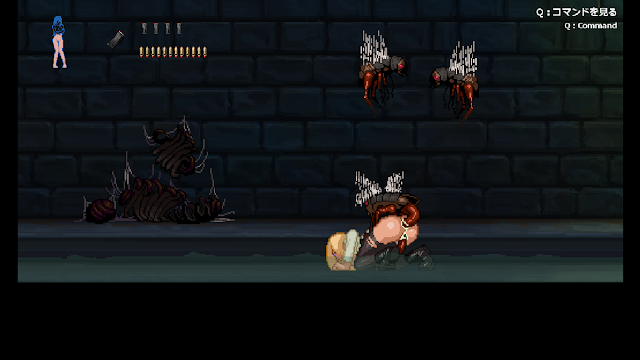

Also, disease severity may rise in city-dwelling animals due to the physiological stresses (e.g. Population thinning in cities can decrease opportunities for horizontal pathogen/parasite transmission, though some animals that thrive in cities may experience the opposite. Due to their broad life-history effects on development, survival, and reproduction, parasites and pathogens have also been argued to contribute to the success of plant and animals species in colonizing or persisting in urban areas. Information on how, for example, stress, disease, expression of ornamental traits, and behavioral plasticity are linked to urbanization can give key insights into short-term urban impacts on the fitness of organisms (which have obvious long-term ties to population persistence).Ĭurrent interest in urban wildlife diseases is far-reaching, as it has direct implications for the spread of zoonoses in humans (which now account for 75% of the world’s emerging infectious diseases) and domestic animals. However, there has been a recent scientific push to understand finer-scale effects of cities on the ecology, physiology, health, and behavior of individual animals. Most studies of urban impacts on wildlife historically have centered on censusing populations and monitoring trends in species distributions and richness.

More than half of the world’s population now lives in cities, and rapid urbanization in the last few hundred years has dramatically altered natural habitat structure, ecosystem functioning, and faunal and floral biodiversity.


 0 kommentar(er)
0 kommentar(er)
